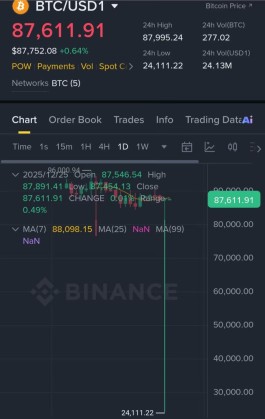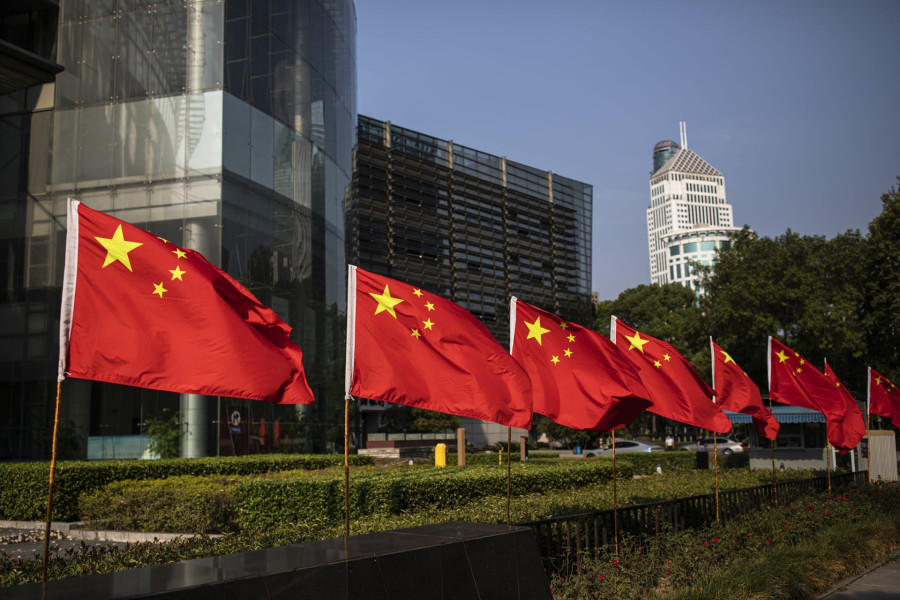Factory activity in China contracted for the fourth straight month in January, adding to signs of ongoing weakness in the world's second-largest economy.
The official manufacturing PMI reached 49.2 points this month, slightly above December's reading of 49 points, but still below the 50 that separates expansion from contraction, the National Bureau of Statistics said in a statement on Wednesday. Economists had expected 49.3 points.
The non-manufacturing activity index - which measures the construction and services sectors - was 50.7 points, better than 50.4 points in December, and roughly in line with economists' expectations.
The world's second-largest economy is trying to regain momentum this year after the government provided some stimulus. This included measures to release more long-term cash for banks, tighten rules on short selling and expand developers' access to loans.
Economists expect Beijing to announce a rather ambitious growth target for 2024 when the national legislature meets in March. The economy met the official government growth target of about 5% last year, but maintaining a similar rate of expansion in 2024 may be difficult.
The base for comparison will be higher, and the economy no longer has the advantage of the boost resulting from the release of pent-up demand immediately after the epidemic. There are still major obstacles to growth, as the real estate recession shows no signs of ending, with prices continuing to decline. Trade tensions are also escalating with key partners over key exports, including electric vehicles, increasing downside risks facing the economy.







































